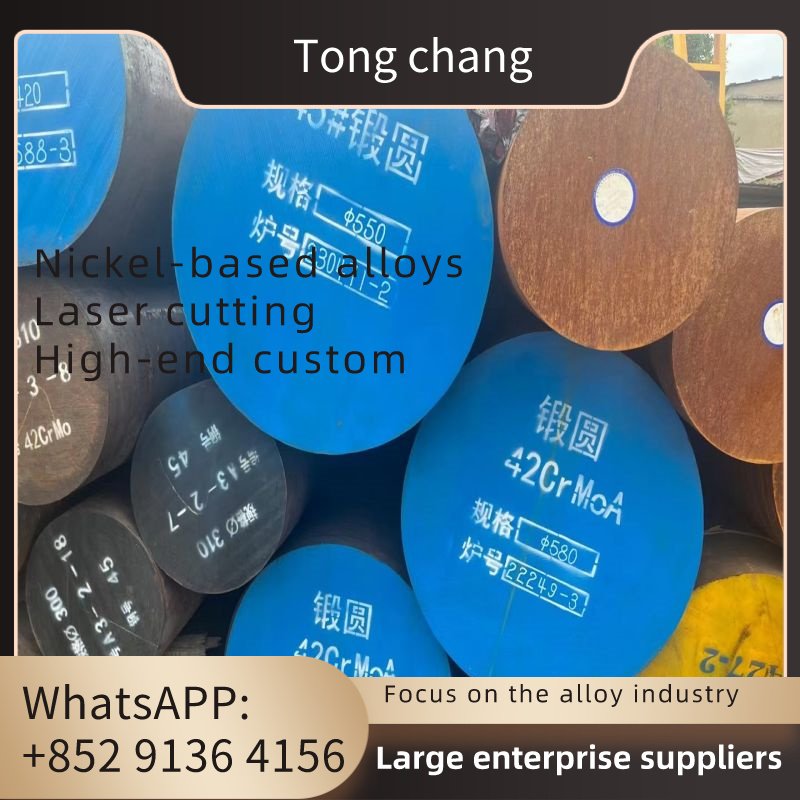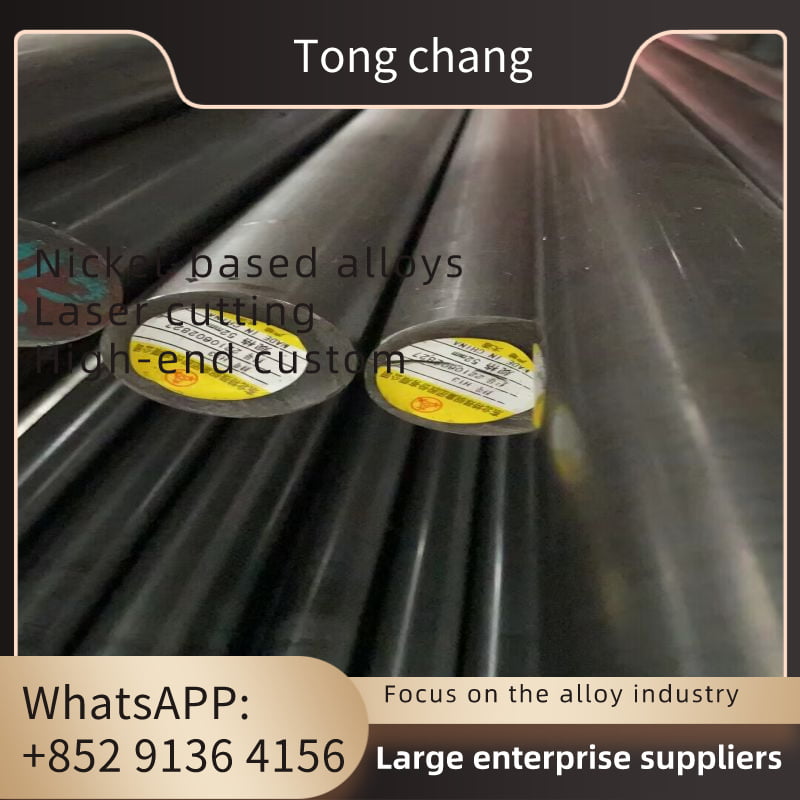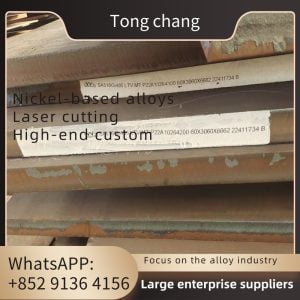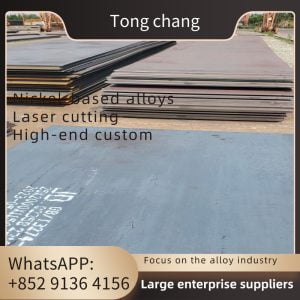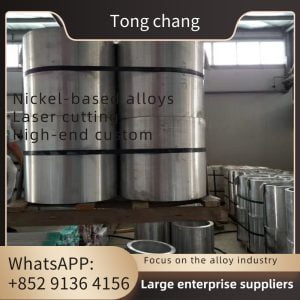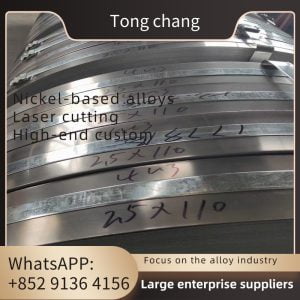| Product Name: | HELICAL SERRATED FIN TUBE | Base Tube Materical: | A312 TP347 Or Other Kind Of Material |
|---|---|---|---|
| Processing Method: | Welding | Tube Size: | 16-219 Mm |
| Fin Height: | 5-30 Mm | Fin Pitch: | 3-25 Mm |
| Application: | Boiler Economizer / Air Preheater / Waste Heat Boiler | ||
| High Light: | A312 Serrated Fin Tube, Stainless Steel Helical Serrated Fin Tube, Welding Helical Serrated Finned Tube | ||
STAINLESS STEEL HELICAL SERRATED HFW FIN TUBE A312 TP347 BASE PIPE
Overview
Serrated fin tubes, also known as serrated finned tubes or serrated fins, are heat transfer components that feature a serrated or sawtooth-like pattern on the fin surface. These fins are typically attached to the outer surface of a base tube using various methods such as welding or extrusion. Here are some key points about serrated fin tubes:
Enhanced Heat Transfer: The serrated pattern on the fin surface increases the heat transfer efficiency of the tube. The serrations disrupt the boundary layer and promote better fluid mixing, leading to improved convective heat transfer between the fluid inside the tube and the surrounding environment.
Increased Surface Area: Similar to other types of finned tubes, serrated fin tubes provide a larger surface area for heat transfer compared to plain tubes. The extended surface area allows for enhanced heat dissipation and improved overall heat transfer performance.
Turbulence Generation: The serrated fins create turbulence in the fluid flow, which further enhances heat transfer. The turbulent flow helps break down the boundary layer and improves the exchange of heat between the fluid and the fin surface.
Applications: Serrated fin tubes are commonly used in various industries and applications that require efficient heat transfer. They are often found in air coolers, heat exchangers, condensers, boilers, and other heat transfer equipment where maximizing heat transfer is essential.
Material Options: Serrated fin tubes can be manufactured using different materials to suit specific application requirements. Common materials include carbon steel, stainless steel, copper, aluminum, and their alloys. The material selection depends on factors such as temperature, pressure, corrosion resistance, and mechanical strength.
Design Considerations: The serration pattern, including the depth and frequency of the serrations, can be customized based on the heat transfer requirements of the application. The design parameters are determined by factors such as fluid properties, flow rates, and operating conditions.
Manufacturing Methods: Serrated fin tubes can be produced using various manufacturing techniques, including welding, extrusion, or roll forming. Each method has its advantages and considerations, and the choice depends on factors such as cost, production volume, and the specific application.
Difference bewteen Serrated fin tube and HFW fin tube
The serrated spiral finned tube is a type of irregular extended surface developed on the basis of the spiral finned tube. Its manufacturing process is similar to that of high-frequency welded spiral finned tubes, but the difference is that before winding the serrated finned tube, the strip must be locally cut with gaps. The cut part during winding naturally separates, forming a gear shape. The tooth opening on high-frequency welded spiral fins not only simplifies the winding process (greatly reduces deformation), but also has advantages such as tight binding, high strength, heat resistance to shock and mechanical vibration, good thermal expansion performance, small flow loss, strong corrosion resistance, and considerable diffusion surface. It is not easy to deform under long-term cold and hot working conditions, and has a long working life. It also strengthens heat transfer due to its damage to the flow boundary layer.
A312 TP347 Chemical Composition
GRADES | UNS | C | Mn | P | S | Si | Cr | Ni |
|---|---|---|---|---|---|---|---|---|
TP347 | S3470 | 0.08 | 2.0 | 0.045 | 0.030 | 1.0 | 17.0-19.0 | 9.0-13.0 |
A312 TP347 Mechanical Properties
Material | Heat | Temperure | Tensile Strength | Yield Strength | Elongation %, Min |
TP347 | Solution | 1900 (1040) | 75(515) | 30(205) | 35 |
Application
- Waste heat recovery
- Petrochemical
- Power station boilers
- Economizers
- Passenger cars
- Industrial
- Civil building heating
